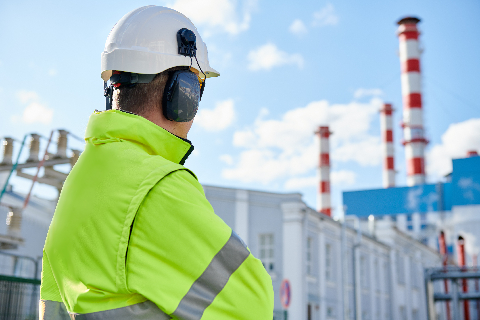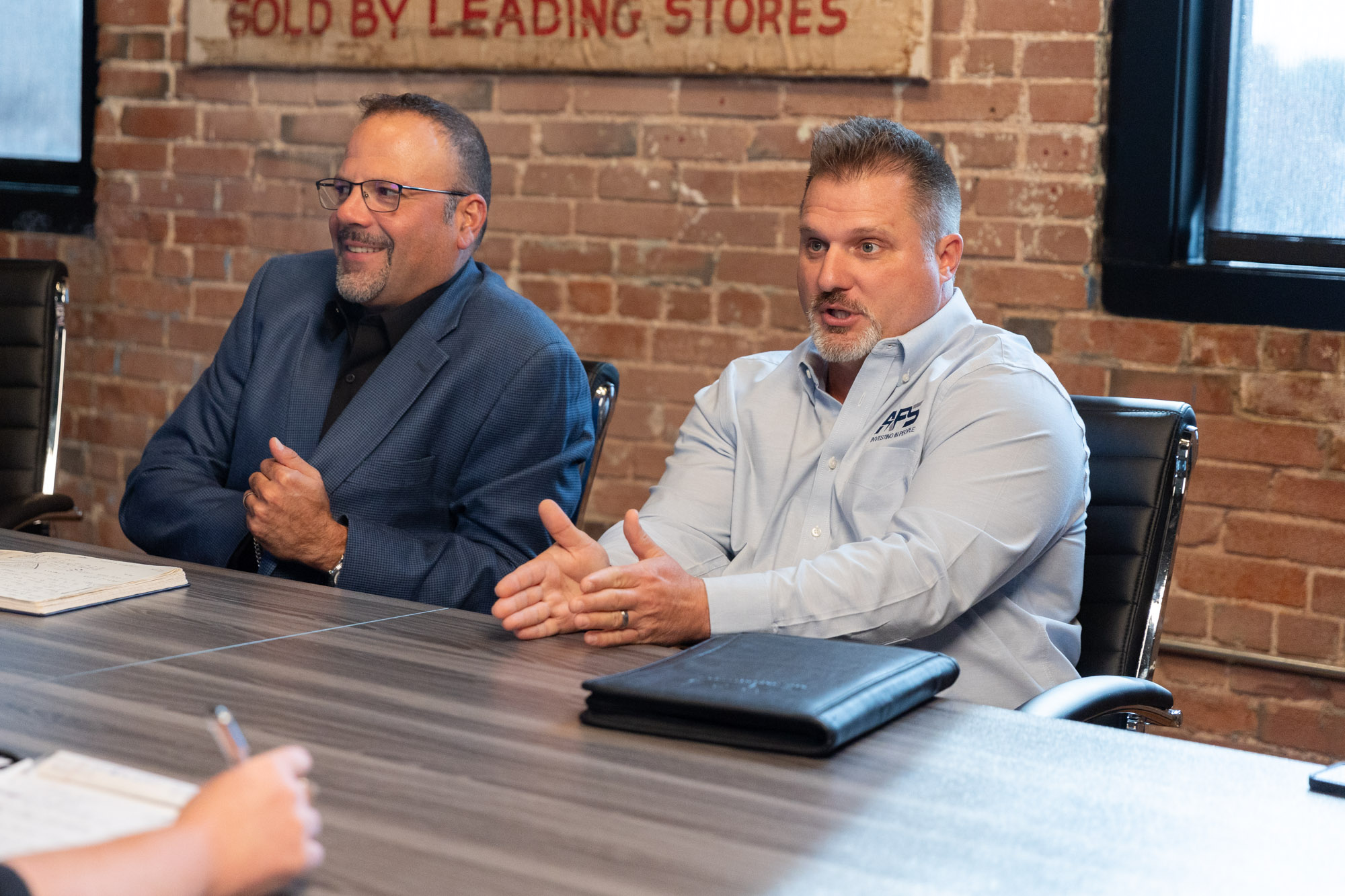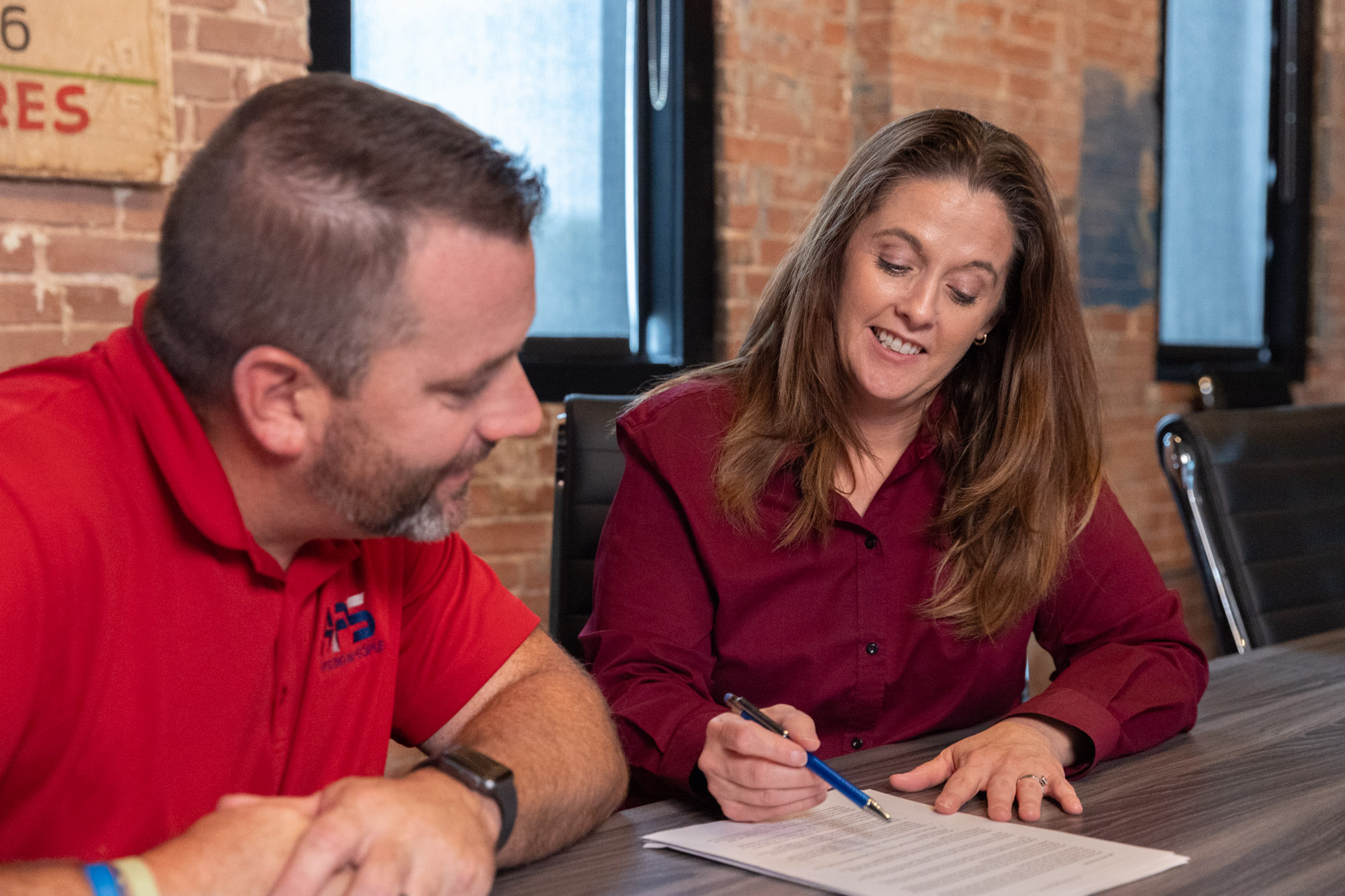
Learning from Accidents and Near Misses Real-Life Lessons
When it comes to skilled trade safety, it is non-negotiable. Every accident, whether severe or narrowly avoided, serves as a powerful reminder of the importance of safety measures in high-risk work environments. This blog explores three real-life case studies of accidents and near misses, identifying their causes, discussing immediate responses, and outlining the lessons we can all learn to prevent similar incidents in the future.
By understanding these situations, we can work together to create safer workplaces for skilled trade professionals everywhere.
All of these cases were found by the National Safety Council.
Case Study One
Incident: A Fall from Height on a Site
The Accident A construction worker was repairing roofing on a commercial building when they fell eight feet to the ground below. Though the worker was wearing a hard hat and other general protective gear, no fall arrest systems such as safety harnesses were in place. The worker suffered a fractured arm and bruising but was fortunate to escape more severe injuries.
Causal Analysis The investigation revealed that the accident was caused by inadequate safety equipment and poor planning. No thorough hazard assessment was conducted before the work began, and the scaffolding lacked guardrails. Additionally, the worker had not received adequate fall protection training and was unaware of the full risks involved.
Immediate Response First aid was administered immediately on-site, and the worker was taken to the nearest hospital. Work was stopped temporarily, and the employer launched an internal investigation to identify the root causes. OSHA (Occupational Safety and Health Administration) was also notified and conducted their own analysis, issuing penalties to the company for safety violations.
Lessons Learned
- Always conduct proper hazard assessments before beginning any task involving heights.
- Develop and strictly enforce fall protection systems, such as installing guardrails and using personal fall arrest equipment.
- Provide regular safety training to ensure employees are well-equipped to recognize and mitigate risks.
Skilled Trade Safety- Preventative Measures
- Make every employee working at heights wear appropriate fall protection gear, such as harnesses.
- Conduct pre-task risk analyses and address potential hazards promptly.
- Maintain open communication channels where workers feel comfortable reporting unsafe conditions.
Case Study Two
Incident: Machinery Malfunction in a Plant
The Near Miss A near tragedy occurred when a production line machine malfunctioned, causing a conveyor belt to suddenly speed up and scatter heavy parts across the workspace. Thankfully, no workers were injured, but several were close to the incident area at the time.
Causal Analysis The primary cause of the near miss was poor equipment maintenance. The conveyor system had shown signs of wear and tear in the weeks prior, but no action was taken to fix the issue. The plant’s safety protocols also failed to include regular equipment inspections, which could have identified the problem early.
Immediate Response Operations were halted immediately to prevent further risks, and the machine was removed from service for repairs. A review of the plant’s safety protocol was conducted, and maintenance logs were updated to ensure compliance with safety standards moving forward.
Lessons Learned
- Neglecting equipment maintenance can lead to dangerous situations that put every worker at risk.
- Proactive safety measures, such as routine equipment inspections, are essential for minimizing potential hazards.
- Near misses should be treated as a learning opportunity to improve safety protocols before an actual accident occurs.
Skilled Trade Safety- Preventative Measures
- Establish a routine maintenance schedule for all machinery and document inspections.
- Train staff to recognize early warning signs of equipment malfunctions.
- Foster a culture of continuous improvement by reviewing safety procedures regularly and making updates as necessary.
Case Study Three
Incident: Chemical Exposure in a Facility
The Accident An employee was exposed to hazardous chemicals while working in a manufacturing facility. Improper chemical storage and insufficient labeling meant they unknowingly handled corrosive materials without wearing the correct PPE. The worker sustained minor burns but recovered fully after receiving medical treatment.
Causal Analysis This incident was caused by a lack of compliance with chemical safety protocols. The chemicals were not stored in designated areas, and the absence of proper labeling led to the employee’s exposure. Furthermore, there was a lapse in safety training for employees working directly with hazardous materials.
Immediate Response Following the incident, the area was evacuated, and the spilled chemicals were cleaned up by a properly trained response team. The injured worker received immediate care and was later interviewed as part of the accident investigation. The company worked with third-party experts to rectify dangerous chemical storage practices and update employee training programs.
Lessons Learned
- Proper labeling and storage of chemicals must always comply with safety regulations.
- Comprehensive PPE policies, including gloves, goggles, and face masks, are essential for protecting workers handling hazardous substances.
- Regular safety training ensures employees are aware of the correct procedures for handling chemicals.
Skilled Trade Safety- Preventative Measures
- Clearly label all chemical containers and store them in secure, designated areas.
- Enforce the use of PPE for all employees handling hazardous materials.
- Conduct frequent training sessions to educate employees about chemical safety and emergency procedures.
Building a Safer Workplace
These case studies highlight the critical importance of skilled trade safety, from conducting proper hazard assessments to implementing clear protocols for machine maintenance and chemical handling. No workplace is immune to risks, but with the right approach, accidents can be prevented, and lives can be saved.
Key lessons include the necessity of safety training, hazard recognition, proper equipment use, and proactive measures to foster a culture of open communication and continuous improvement. Every near miss or incident should inspire a collective effort to prioritize safety and prevent future occurrences.
By learning from these real-world examples and implementing preventive measures, skilled trade professionals and businesses can have safer environments that protect both workers and operations.






